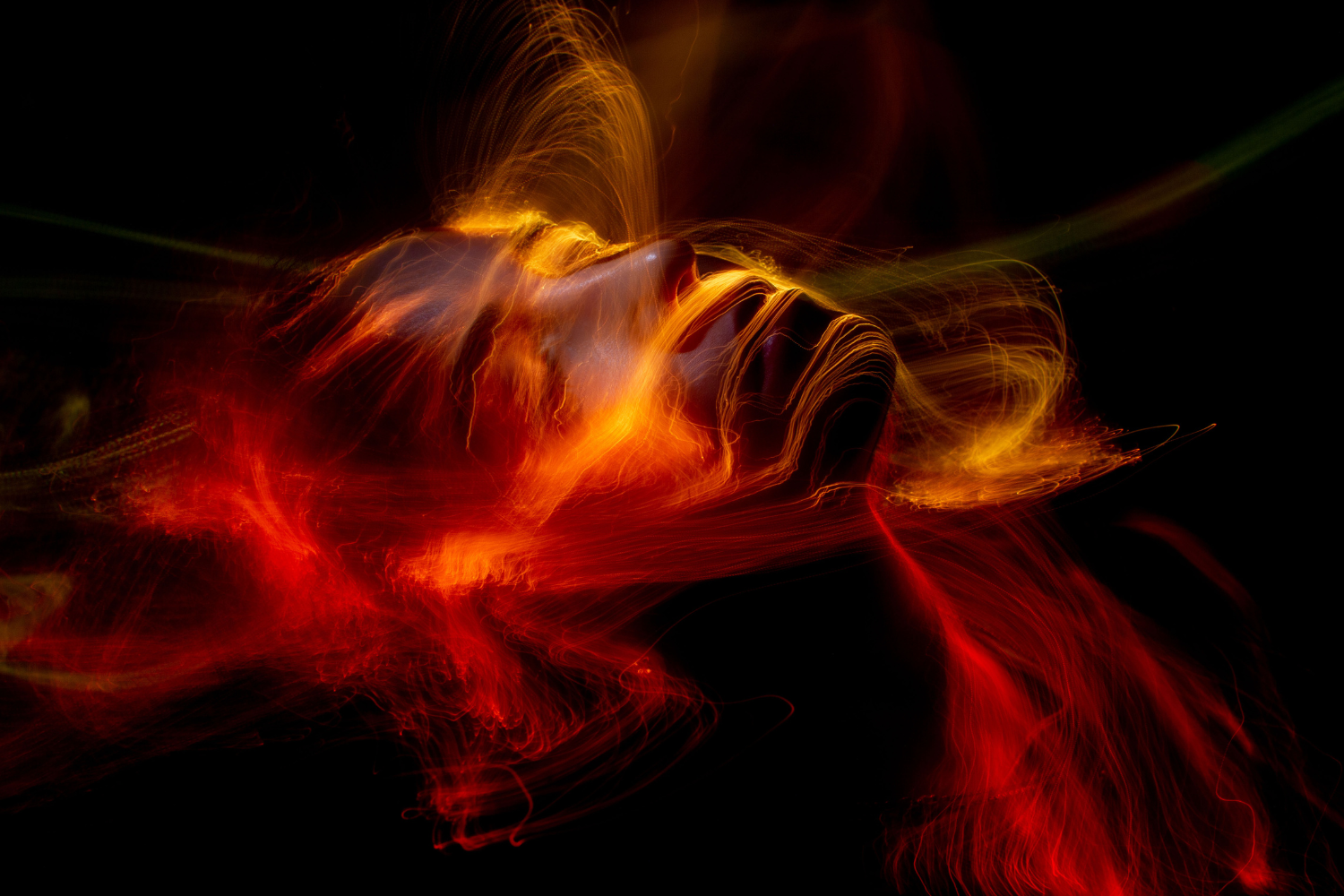🧪 What Even Is Red Light Therapy?
Red light therapy (also known as photobiomodulation) uses specific wavelengths of red and near-infrared light to stimulate your mitochondria—the powerhouses of your cells. That stimulation may boost ATP (cellular energy), reduce oxidative stress, and promote tissue repair. But while the idea is promising, it’s not magic—and not all red light devices are created equal.
🔥 The Inflammation Angle: Too Good to Be True?
One of red light therapy’s biggest selling points is its ability to reduce inflammation and accelerate recovery. Research does show promising results, especially for joint pain, muscle soreness, and skin healing. But it’s worth noting: many studies are small, short-term, or done under very specific conditions. Translation? It’s effective—but probably not a miracle cure.
💡 Beyond the Body: Brain, Mood, and Sleep
Some users swear red light therapy helps them sleep better, think clearer, and feel more balanced. There’s early evidence it may help regulate circadian rhythms and lower stress-related inflammation—but again, these effects depend on timing, consistency, and dosage. Think of it as supportive—not standalone.
⏱️ Does How You Use It Matter? Yes.
The benefits of red light therapy are highly dependent on exposure time, distance from the skin, and light intensity. Too little light won’t do much; too much may do the opposite. And results aren’t immediate—it’s about building a consistent habit over weeks. That’s why working with a quality device and having a clear protocol matters more than just “shining red light on your body.”
🌿 Lowir’s View: Helpful, Not Hypeful
We’re not in the business of chasing every trend—but we do believe in giving your body smart, natural tools to recover and rebuild. Red light therapy checks those boxes: non-invasive, low-risk, and backed by emerging science. It's not a fix-all, but when paired with foundational habits—like sleep, movement, and anti-inflammatory nutrition—it becomes a solid part of the wellness stack.
⚡ Red Light, But Keep It Real
The takeaway? Red light therapy is worth trying—but not worth idolizing. It’s a recovery tool, not a replacement for real rest or nutrition. Approach it the way we approach everything at Lowir: grounded in science, open-minded, and focused on what actually helps your body stay strong and ready—for today, tomorrow, and the long run.

Calm in the Chaos: How to Manage Stress and Support a Healthier You